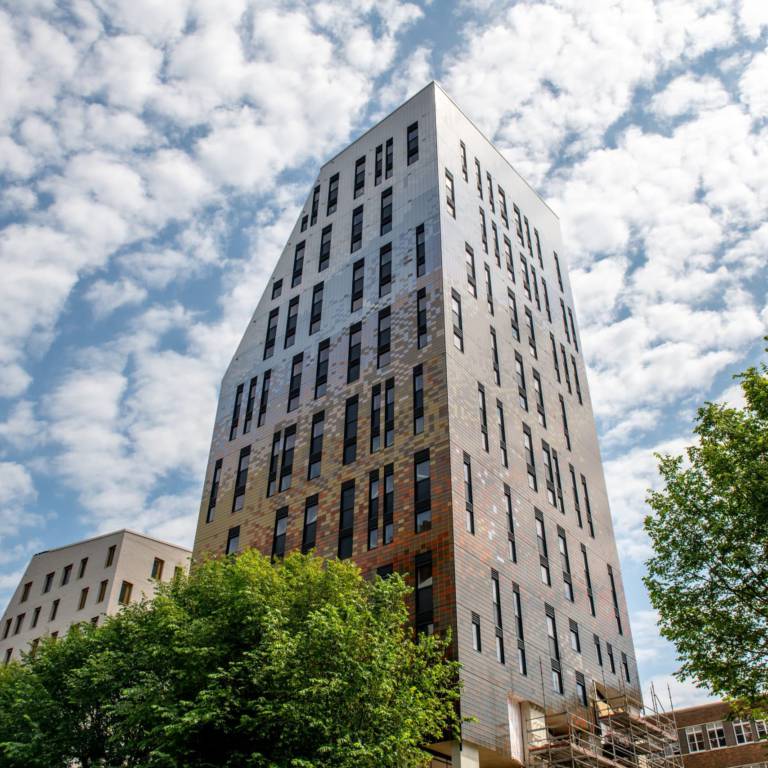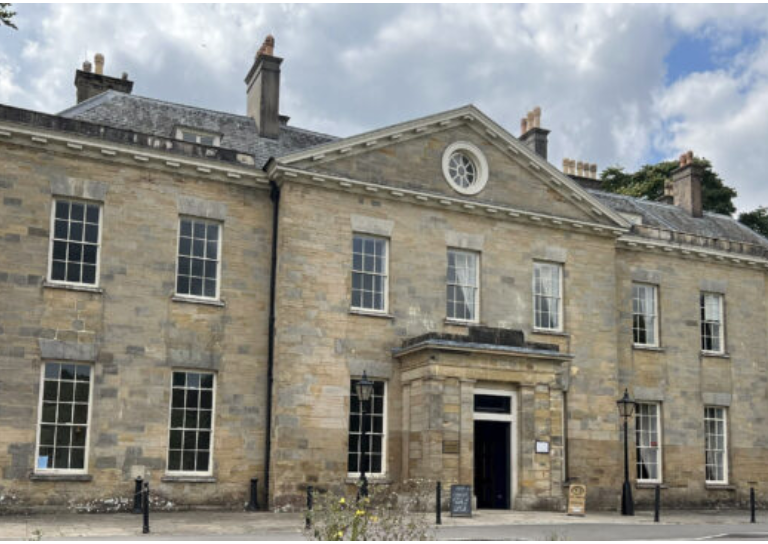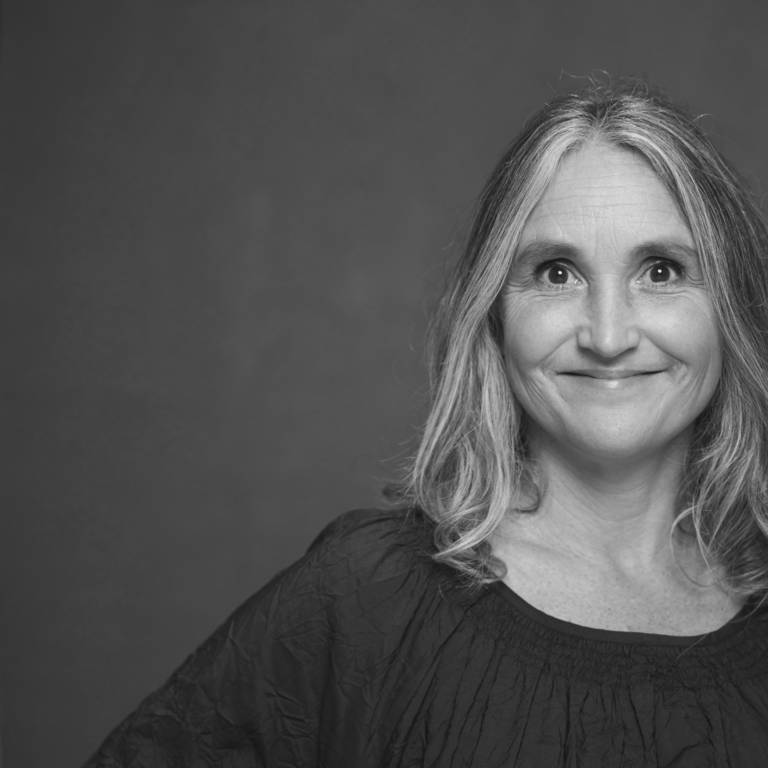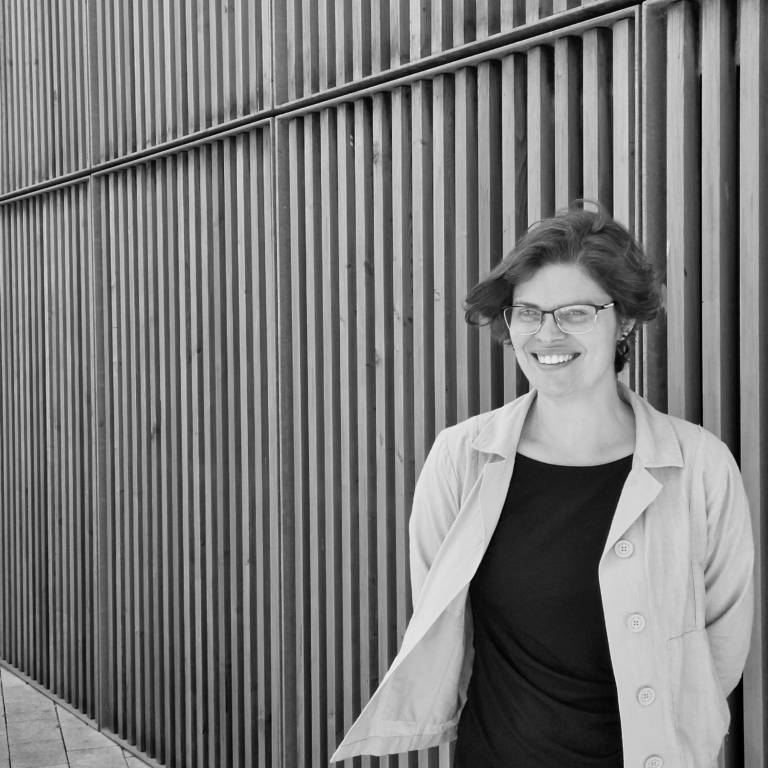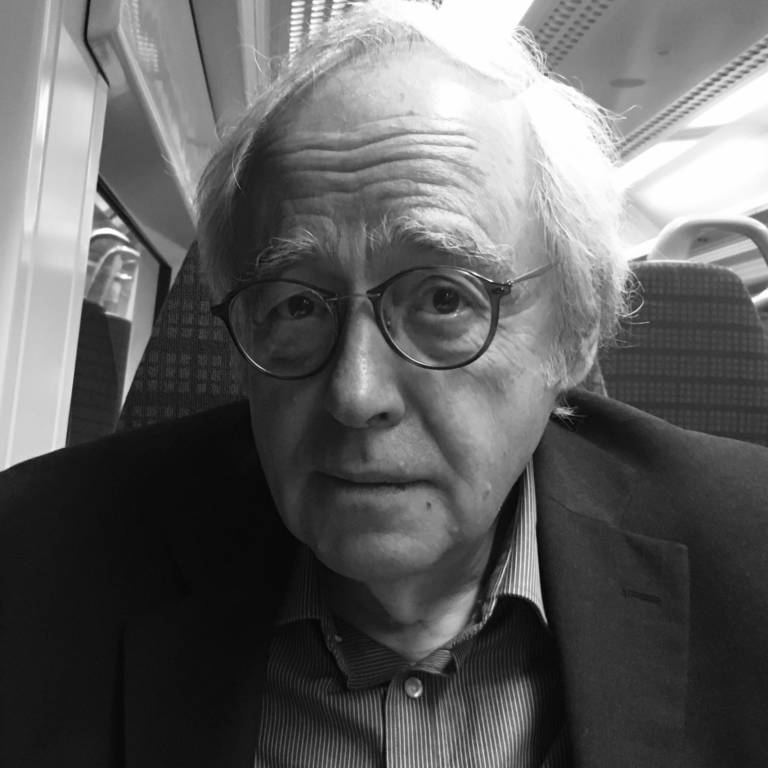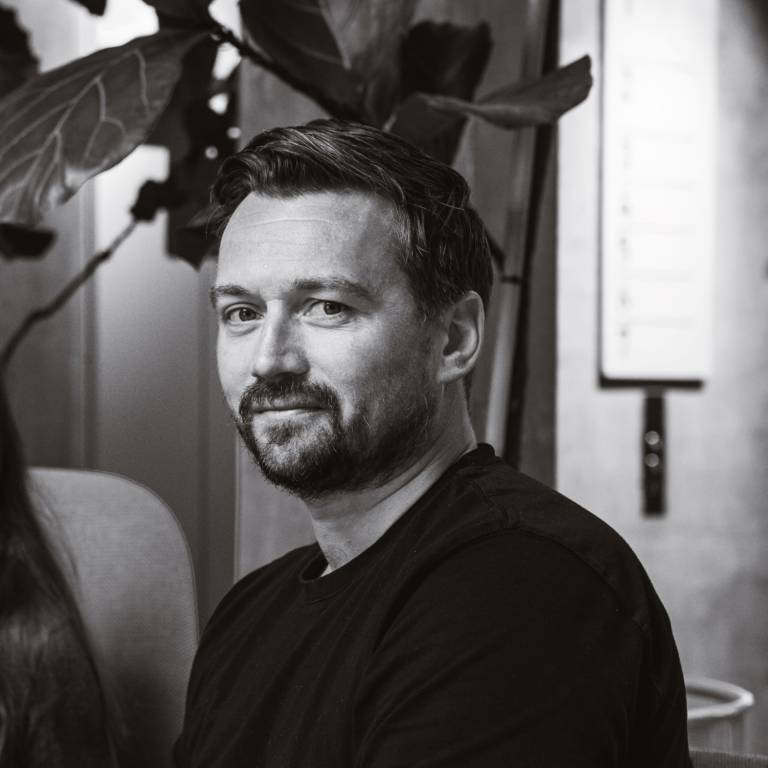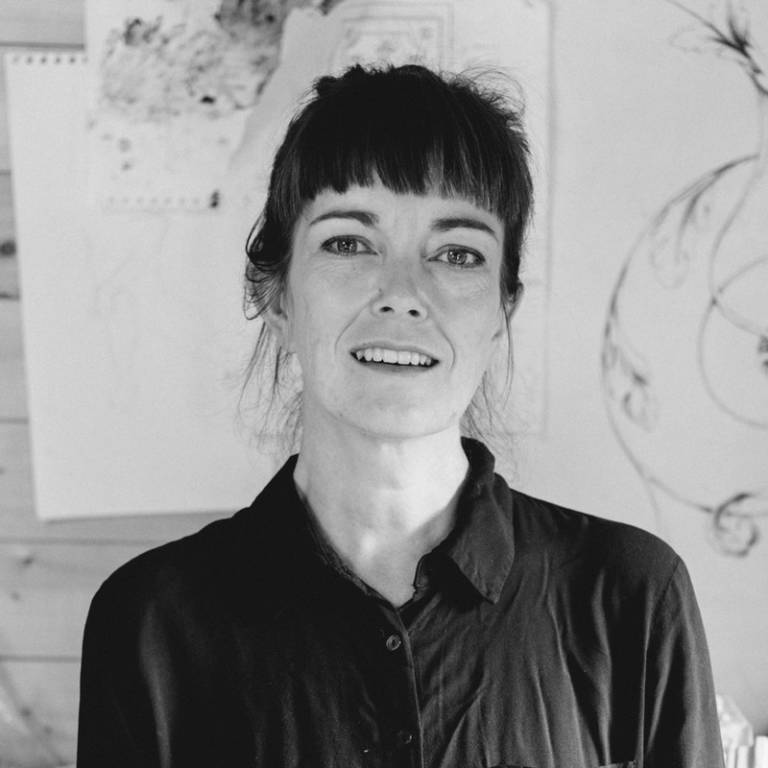Every month architects and industry insiders share their recommendations for the best exhibitions and events to visit in Brighton and Hove. Views expressed on this page are those of the author, and may not reflect those of the editors of the Architecture Diaries.
THIS MONTH:
Lauren Goodchild

Lauren Goodchild is a second-year Master of Architecture Student at the University of Brighton, where she also completed her undergraduate degree. With over two years’ experience as a Part 1 Architectural Assistant at an East Sussex practice, Lauren brings a depth of practical knowledge to her academic work.
Her design approach balances bold, innovative thinking with grounded, real-world application, and is underpinned by a strong people-focused ethos. She is particularly interested in the social impact of architecture, exploring how thoughtful design can enhance everyday lives.
Her first-year master’s final project, ‘A Connected Community,’ won the Brighton Architecture Diary Community Impact Award for its emphasis on community-centred design. Her work has also featured in Dezeen, both in profiles on the University of Brighton’s Architecture undergraduate projects and in the article ‘Six architecture student projects that respond to rising sea levels and flooding.’
November has arrived, and although the evenings are growing darker, the city’s architecture and design scene remains vibrant with fresh ideas, events and lively conversations. There’s something special about this time of year – a sense of settling into autumn’s pace while quietly anticipating the festive season ahead.
One event to keep on your radar is Michael Shapland’s talk, The Lives and Deaths of Old Buildings, taking place on November 19th at The Hove Club. As Senior Archaeologist for Archaeology South-East, Michael will reveal the hidden stories behind the walls we often overlook. How do buildings evolve, decline, and sometimes endure against all odds? Drawing on archaeology and architectural history, his talk promises fascinating local examples and insights into the rich lives these buildings have led.
Earlier in the month, the Brighton Illustration Fair returns for a lively weekend on November 8th and 9th, taking place across The Wing on Russell Road and Wagner Hall on Regency Road, celebrating all things illustration. The fair brings together artists, designers, and makers for two days of prints, comics, zines, ceramics, talks, workshops, and creative pop-ups, a vibrant snapshot of contemporary illustration and independent publishing in the city.
For anyone considering a future in architecture or design, the University of Brighton’s Moulsecoomb Open Day on November 15th offers a fantastic chance to explore the courses and facilities. With workshops, tours, and demonstrations – including exciting tech like 3D printers – it’s a window into the creative process and supportive community shaping tomorrow’s architects.
Finally, on Friday, November 28th, don’t miss Stanmer: A Study Day at Stanmer House. Organised by the Regency Society of Brighton and Hove, this day-long event offers an in-depth look at the history of the Stanmer estate, an iconic mansion set in parkland for over 300 years. The programme includes a tour of Stanmer House, talks by Dr. Sue Berry on the Pelham family’s rise and the estate’s development, plus a walking tour of the village and church.
